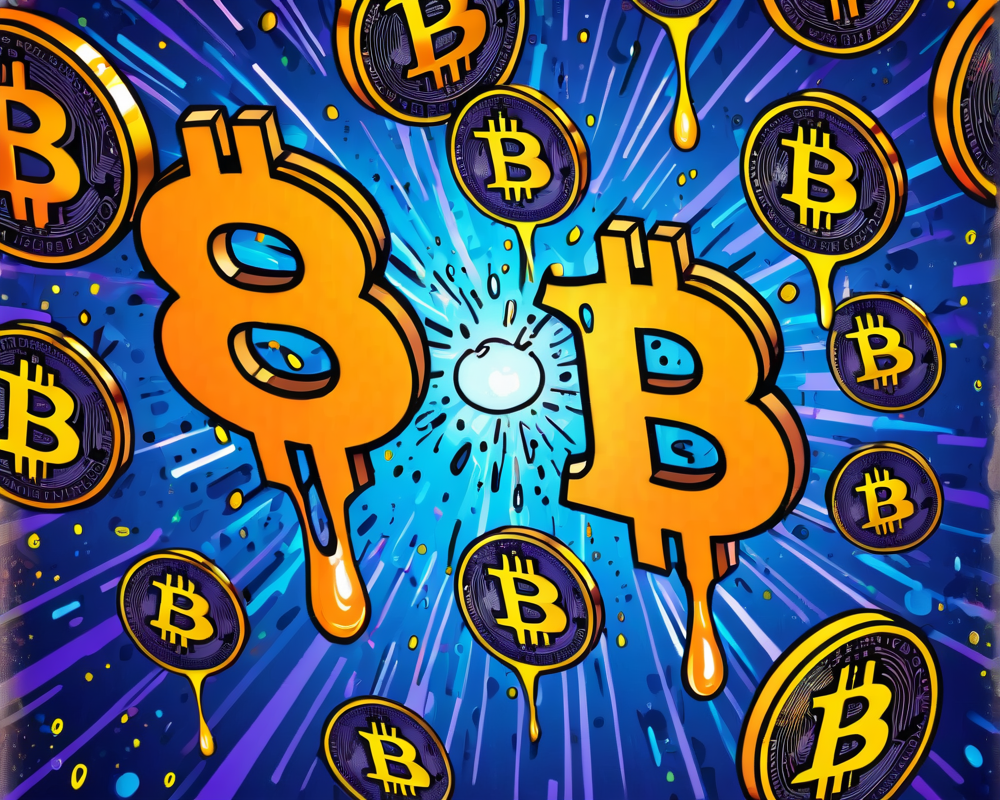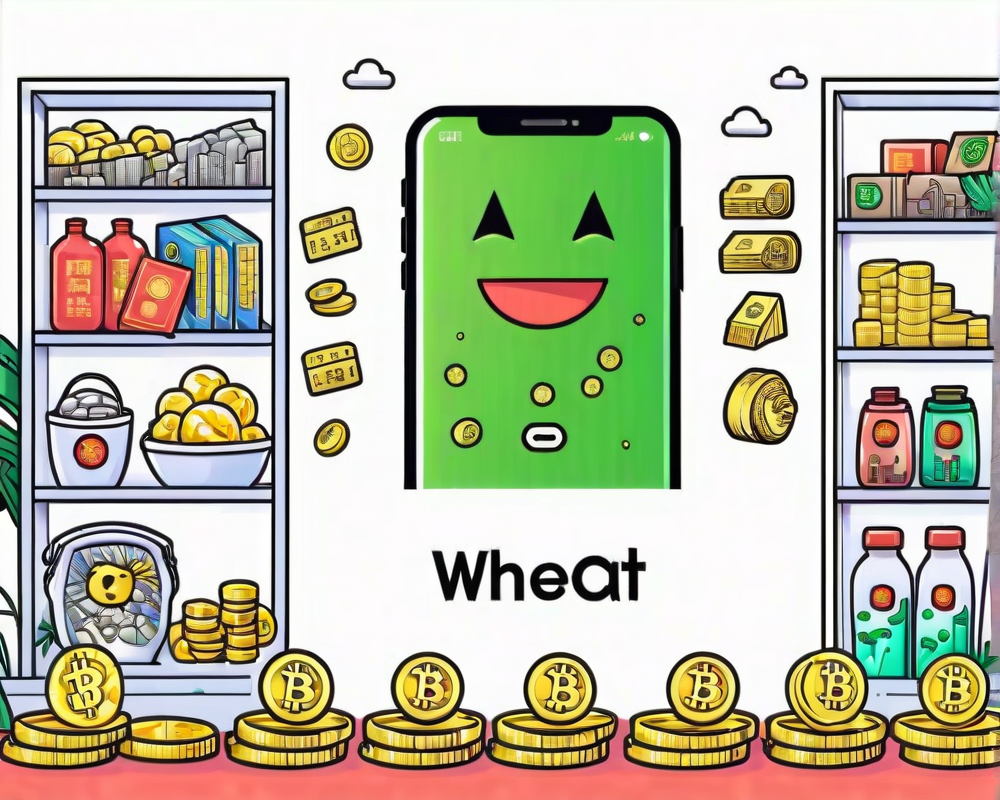Gas Fee Madness: Polygon’s Surge Explained
In a surprising twist worthy of a Hollywood script, Ethereum Layer-2 network Polygon saw its gas fees skyrocket more than 1,000% recently, hitting a peak of $0.10. This wild ride was largely prompted by the rush to mint the eagerly awaited POLS tokens, which appear to be the latest crypto craze taking over the network. The buzz was so loud it even caught the attention of Polygon’s founder, Sandeep Nailwal, who expressed his astonishment at the frantic activity. ‘What’s happening on @0xPolygon POS chain?’ he wondered on social media, probably while sipping a Pina Colada in disbelief.
Transaction Volume Hits Record Highs
On November 16, Polygon’s transaction volume reached dizzying heights, with over six million transactions processed in just 24 hours. As users flooded the network, Polygon managed an average of 170 transactions per second. As if that wasn’t enough excitement, a staggering one million MATIC was burnt in the frenzy. Remarkably, despite the gas fee madness, the network remained stable, like a seasoned driver maneuvering through rush-hour traffic without a single fender bender. Who knew crypto could be so thrilling?
The POLS Token: A New Superstar
Enter the POLS token, reminiscent of the Bitcoin Ordinals-derived BRC-20 token standard. This new kid on the block seems to have everybody clamoring to mint it. According to data from Dune Analytics, minting activities coincided with the usage of over 102 million MATIC tokens, equating to a whopping $86 million spent on gas alone. Talk about spending big in a frenzy!
The Aftermath: What’s Next?
As the initial buzz settles down, the gas fees have returned to their usual state of calm, resting around 882 gwei. For the crypto newcomers, gwei measures how much computing effort is needed for transactions, making gas prices a surprisingly effective way to tell how busy a blockchain is. So, what can we learn from this chaotic event? While the world may revel in the thrill of new tokens and minting frenzies, it’s crucial to keep an eye on those gas fees, which can quickly spiral out of control.
Comparing Crypto Crazy: Bitcoin vs. Polygon
This isn’t the first time we’ve witnessed a gas fee spike due to excitement for new tokens. Back in May, the Bitcoin network experienced a similar surge following the release of Ordinals, which allowed NFTs to be minted directly onto the Bitcoin blockchain. The Bitcoin fees hit levels unseen since April 2021, leaving some traditionalists critiquing these innovations for being wasteful. The parallels are clear; whether it’s Polygon or Bitcoin, new tokens can fuel both excitement and chaos in the crypto world.
Wrap Up: A Cautious Optimism
The recent excitement with Polygon and its gas fees teaches us one vital lesson: with every thrilling new launch comes the potential for craziness. As we dive into this crypto ocean, it remains crucial to tread carefully and be prepared for those tidal waves of fees. Here’s to hoping the next token launch doesn’t leave us scrambling for extra MATIC like it’s toilet paper during a pandemic.




